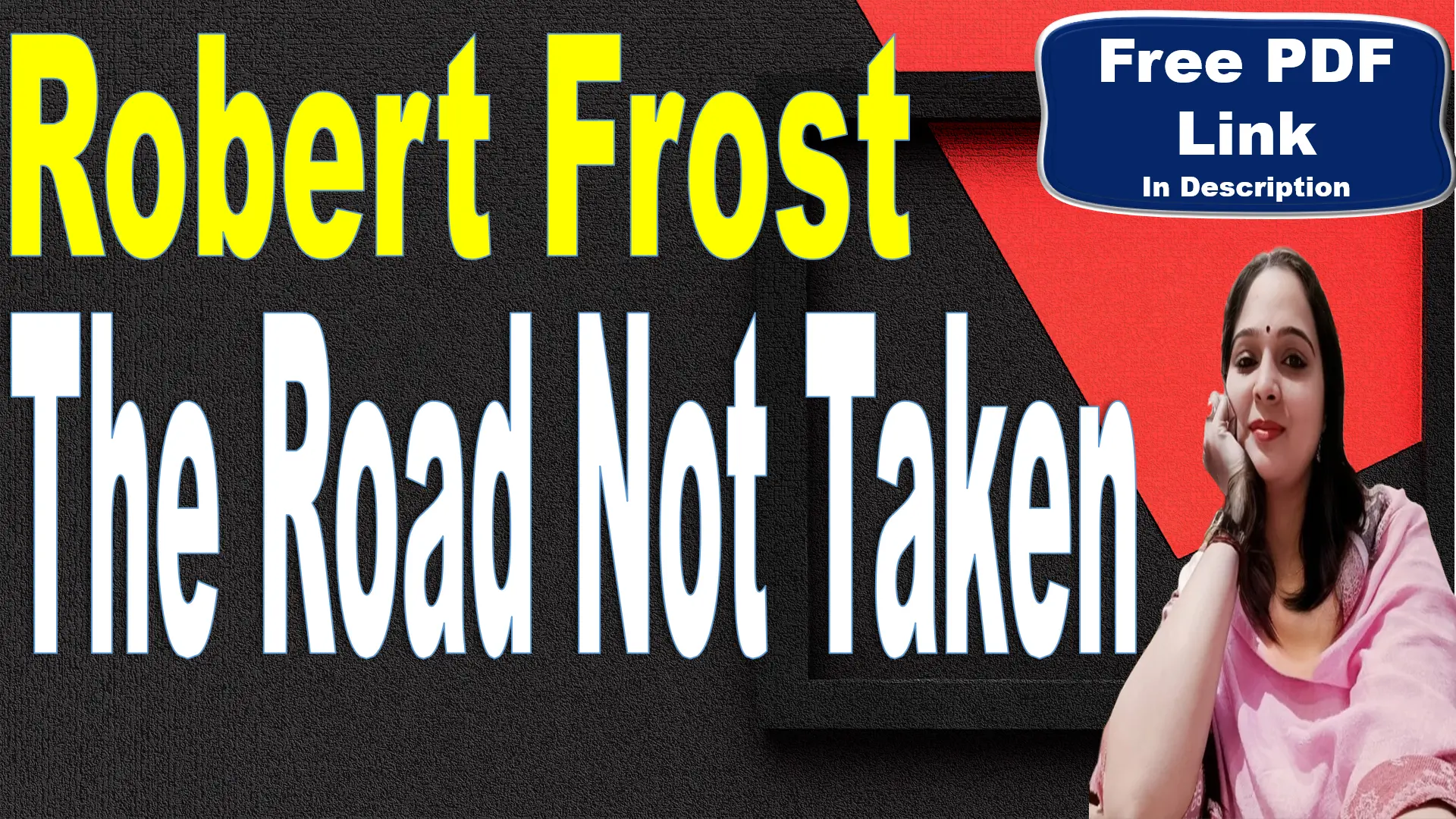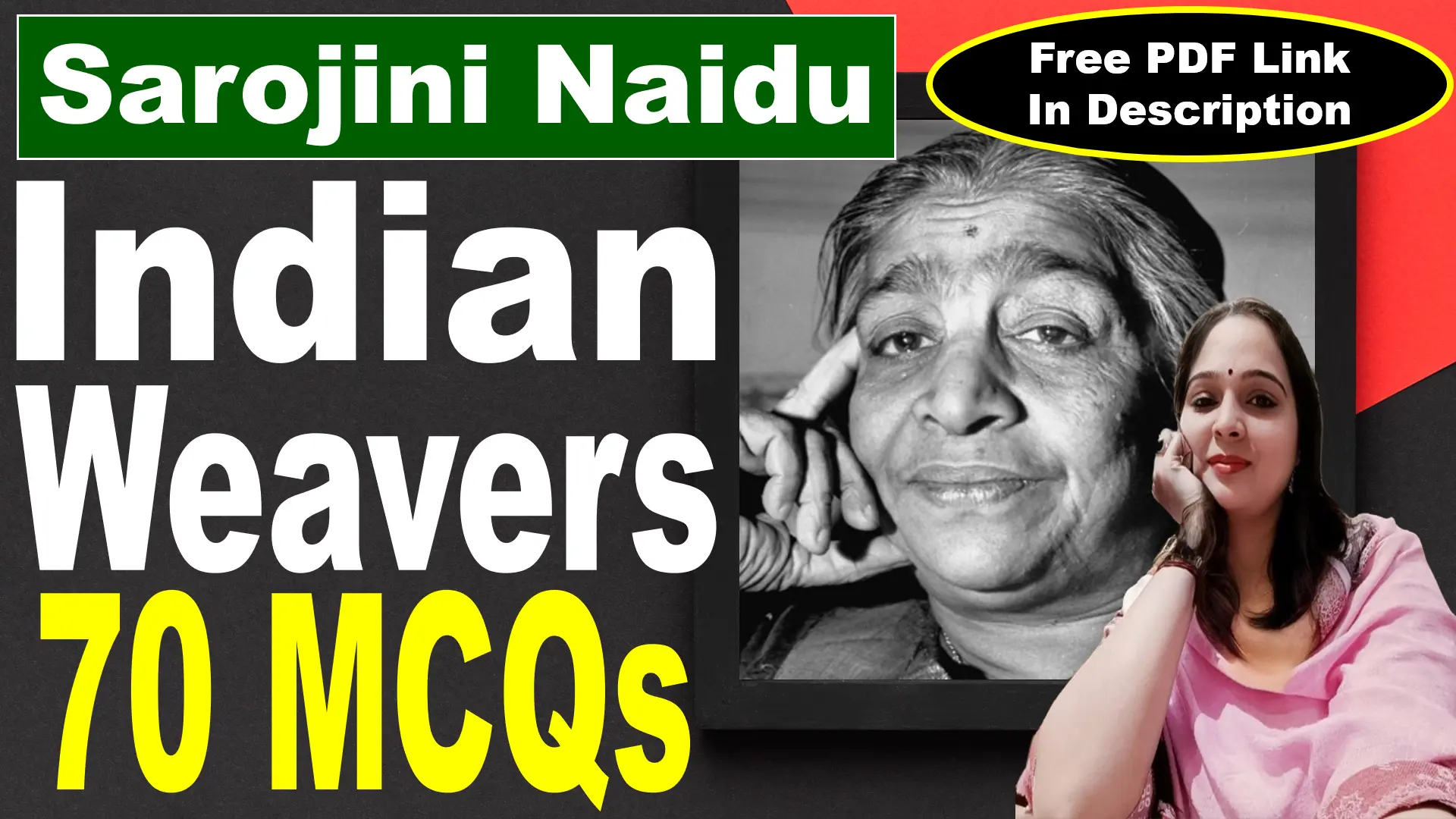
My Heart Leaps Up Poem Questions and Answers
Very Short Answer Questions
Q: Who is the author of “My Heart Leaps Up”?
A: William Wordsworth.
Q: What natural phenomenon makes the speaker’s heart leap up?
A: A rainbow.
Q: How does the speaker feel when he sees a rainbow?
A: Joyful and full of wonder.
Q: What does the phrase “The Child is father of the man” mean?
A: Childhood experiences shape the adult we become.
Q: What is the poem’s rhyme scheme?
A: ABCCABCDD.
Q: How many lines are in the poem “My Heart Leaps Up”?
A: Nine lines.
Q: What does the speaker hope will continue into his old age?
A: His joy and wonder when seeing a rainbow.
Q: What does the speaker suggest should happen if he loses this joy?
A: He would rather die.
Q: What literary device is used in “My heart leaps up”?
A: Personification.
Q: What does “natural piety” refer to in the poem?
A: A deep respect and devotion to nature.
Q: When was “My Heart Leaps Up” first written?
A: In 1802.
Q: In which collection was the poem published?
A: Poems, in Two Volumes (1807).
Q: What is the main theme of the poem?
A: The continuity of joy and reverence for nature from childhood to adulthood.
Q: What poetic device is used in “So was it when my life began”?
A: Anaphora.
Q: What emotion does the speaker associate with the rainbow?
A: Happiness.
Q: What does Wordsworth hope his days will be bound by?
A: Natural piety.
Q: What poetic device is in the line “Or let me die!”?
A: Hyperbole.
Q: How does the speaker view the connection between childhood and adulthood?
A: As continuous and influential.
Q: What is the tone of the poem?
A: Reverent and reflective.
Q: What does the rainbow symbolize in the poem?
A: The enduring joy and wonder found in nature.
Short Answer Questions
Q: How does Wordsworth use the rainbow as a symbol in “My Heart Leaps Up”?
A: Wordsworth uses the rainbow as a symbol of the joy and wonder that he feels in the presence of nature. This reaction is consistent from his childhood through to adulthood and represents the continuity of his emotional connection to the natural world. The rainbow symbolizes purity, beauty, and a sense of awe that he hopes to carry with him throughout his life.
Q: Explain the meaning of the phrase “The Child is father of the man” in the poem.
A: The phrase “The Child is father of the man” suggests that our childhood experiences and emotions play a crucial role in shaping who we become as adults. Wordsworth believes that the qualities and joys we experience as children influence and guide our adult lives. This line highlights the importance of maintaining the innocence and wonder of childhood throughout life.
Q: What does Wordsworth mean by “natural piety” in the poem?
A: “Natural piety” refers to a deep and respectful devotion to nature. Wordsworth wishes for his days to be connected by this sense of reverence for the natural world. He believes that a life lived with an ongoing connection to nature is not only fulfilling but also essential for maintaining a sense of continuity and meaning throughout different stages of life.
Q: How does Wordsworth convey the idea of continuity in “My Heart Leaps Up”?
A: Wordsworth conveys the idea of continuity by reflecting on how his feelings towards the rainbow have remained unchanged from childhood through to adulthood. He uses repetition and parallel structure in the lines, “So was it when my life began; / So is it now I am a man; / So be it when I shall grow old,” to emphasize that the same joy and wonder have persisted throughout his life and that he hopes this continuity will remain into old age.
Q: Why does Wordsworth say, “Or let me die!” in the poem?
A: Wordsworth says “Or let me die!” to express the intensity of his belief that life without the ability to feel joy and wonder at nature would be meaningless. This dramatic statement highlights the essential role that a connection to nature plays in his sense of purpose and fulfillment. Without this connection, he feels that life would lose its value and significance.
Q: What role does childhood play in the poem “My Heart Leaps Up”?
A: Childhood plays a crucial role in the poem, as Wordsworth sees it as the foundation of his emotional and spiritual life. The poem suggests that the joy and wonder experienced in childhood, especially in response to nature, should be carried forward into adulthood. Wordsworth emphasizes that the child’s perspective is vital in shaping the adult’s relationship with the world, particularly with nature.
Q: Discuss the use of personification in the poem “My Heart Leaps Up.”
A: Wordsworth uses personification in the phrase “My heart leaps up” to convey the intensity of his emotional response to seeing a rainbow. By describing his heart as leaping, he gives it human-like qualities, suggesting that this reaction is spontaneous and powerful. This personification helps to illustrate the deep connection between his emotions and the natural world, making his response feel more vivid and immediate.
Q: How does the structure of the poem contribute to its meaning?
A: The structure of “My Heart Leaps Up” is compact, consisting of nine lines with a simple rhyme scheme (ABCCABCDD). This tight structure mirrors the clarity and directness of Wordsworth’s message about the continuity of emotions from childhood to adulthood. The use of enjambment and parallelism within the lines creates a sense of flow and connection, reinforcing the idea that the joy and reverence for nature are ongoing and unbroken throughout life.
Q: In what way is the poem “My Heart Leaps Up” reflective of Wordsworth’s broader poetic themes?
A: “My Heart Leaps Up” reflects Wordsworth’s broader themes of the importance of nature and the continuity of childhood experiences into adulthood. The poem embodies his belief that nature is a source of joy and moral guidance, and that the emotions and perspectives formed in childhood are crucial to shaping the adult self. Wordsworth often explored how nature can inspire and sustain the human spirit, a theme central to this poem as well.
Q: Why does Wordsworth consider the rainbow significant in the poem?
A: Wordsworth considers the rainbow significant because it represents the pure, unchanging joy he has felt since childhood whenever he encounters the beauty of nature. The rainbow is a powerful symbol of the emotional and spiritual connection he has with the natural world. It serves as a reminder of the wonder and awe that nature can inspire, and Wordsworth hopes to retain this sense of wonder throughout his life, even into old age.





